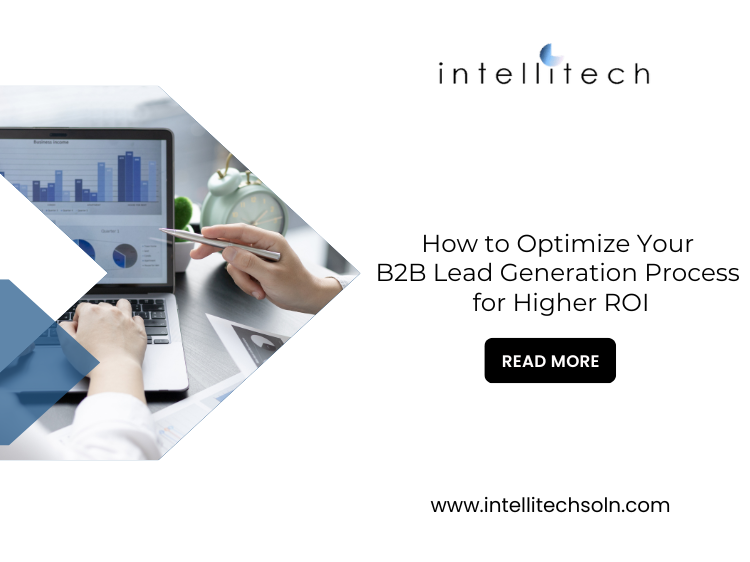In the competitive world of B2B marketing, generating high-quality leads is crucial to sustaining business growth. However, achieving a high ROI from your lead generation efforts requires more than just casting a wide net; it demands a strategic, data-driven approach. Here’s a comprehensive guide to optimizing your B2B lead generation process to ensure you maximize your ROI.
Understand Your Ideal Customer Profile
Before you can generate leads effectively, you need a clear understanding of who you’re targeting. Define your Ideal Customer Profile (ICP) by analyzing your best existing customers. Look at factors such as industry, company size, geographic location, and key pain points. This will help you focus your lead generation efforts on businesses that are most likely to convert and provide long-term value.
Utilize Account-Based Marketing
Account-Based Marketing is a highly targeted approach where you treat individual accounts as markets of one. By focusing on key accounts that fit your ICP, you can tailor your marketing efforts to address their specific needs and pain points. This personalization increases the likelihood of engagement and conversion, leading to higher ROI. Implementing ABM strategies often involves creating customized content, personalized outreach, and dedicated account management.
Focus on Lead Quality
While it’s important to generate a high volume of leads, focusing on lead quality is equally crucial. High-quality leads are more likely to convert and contribute to a higher ROI. Implement lead scoring to evaluate the potential value of each lead based on their fit with your ICP and their engagement level. Prioritize leads that show strong signals of interest and readiness to buy.
Conclusion
Optimizing your B2B lead generation process for higher ROI requires a strategic, data-driven approach. By understanding your ideal customer, leveraging data insights, utilizing account-based marketing, enhancing content strategies, and continuously testing and refining your methods, you can improve lead quality, increase conversions, and ultimately achieve a higher return on your marketing investments.

